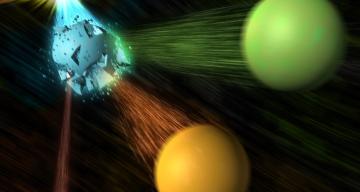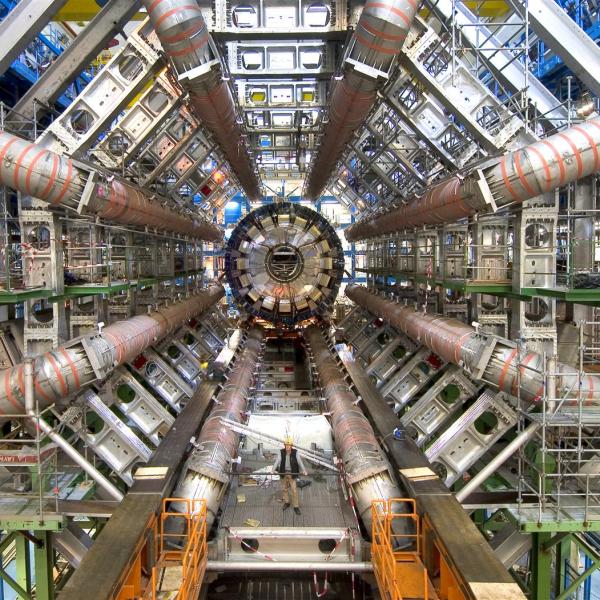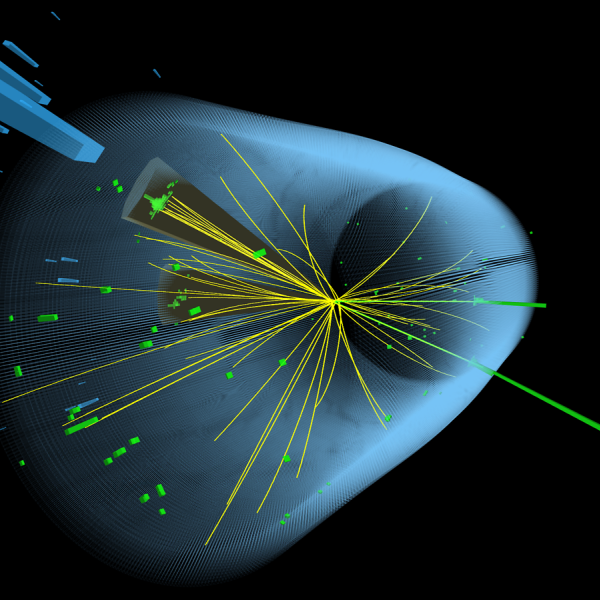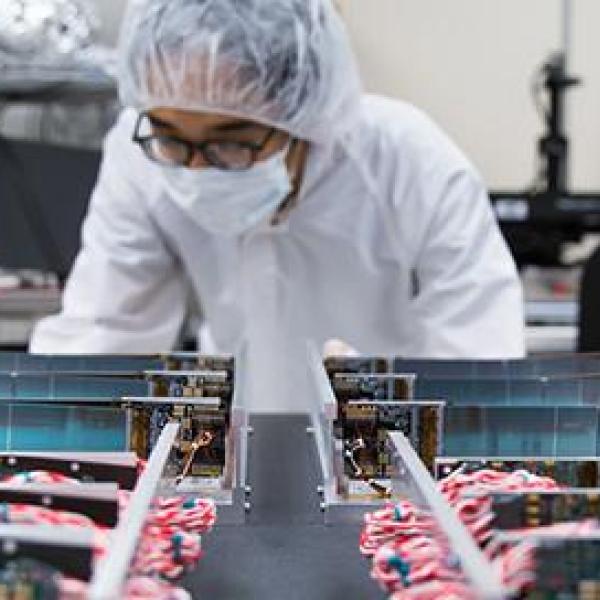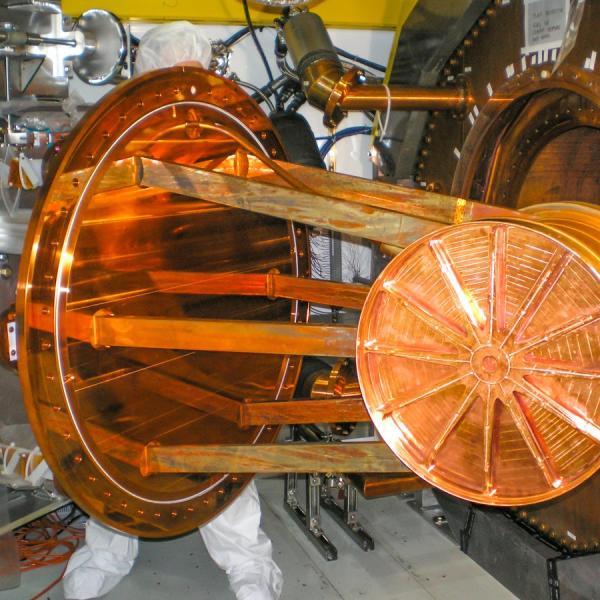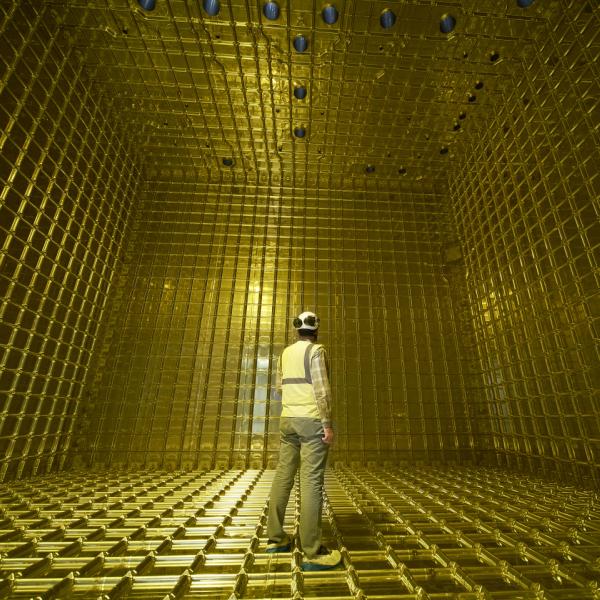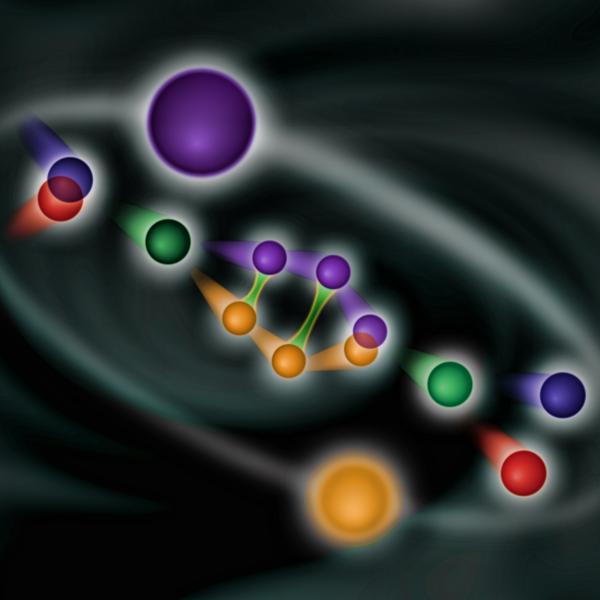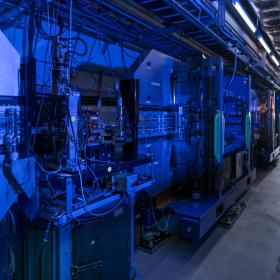Working at the forefront of particle physics, SLAC scientists use powerful particle accelerators to create and study nature’s fundamental building blocks and forces, build sensitive detectors to search for new particles and develop theories that explain and guide experiments. SLAC’s particle physicists want to understand our universe – from its smallest constituents to its largest structures.
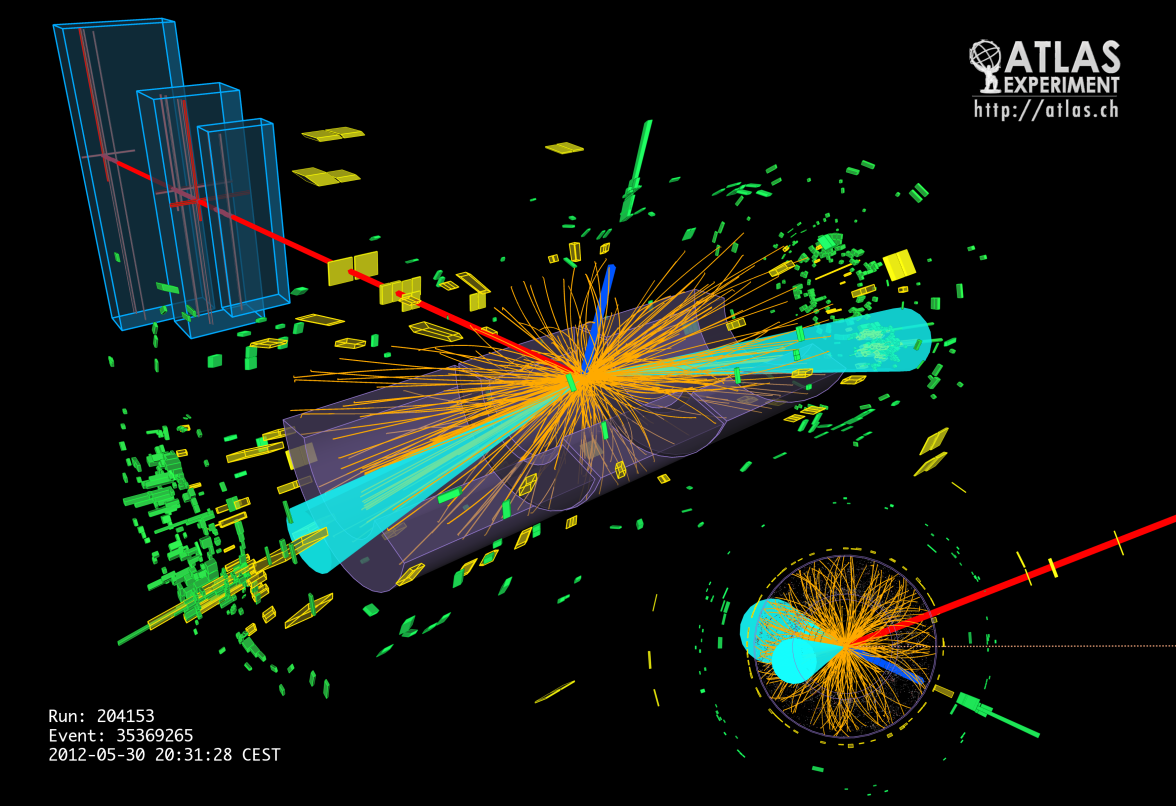
The Higgs boson and beyond
SLAC builds and operates detector components for ATLAS, one of two experiments at CERN’s Large Hadron Collider that were involved in the discovery of the Higgs particle. We also develop sophisticated tools to analyze particle collisions and host a computing center for ATLAS data.
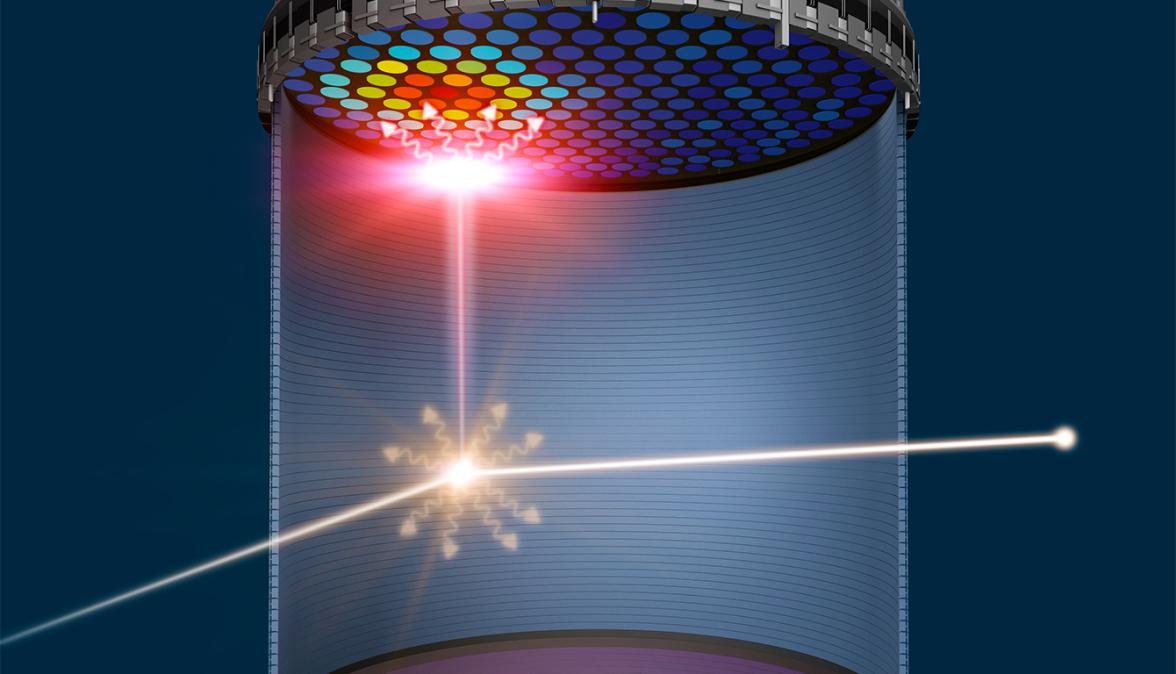
Particles of dark light
Scientists know from the motions of galaxies that the universe contains about five times more dark matter than visible matter, but they don’t know what form it takes or what forces might affect it. One possibility is that dark, heavy versions of photons – particles of light – could be at play. SLAC researchers have developed theories of these photons and designed and built crucial parts of an experiment aimed at finding them.
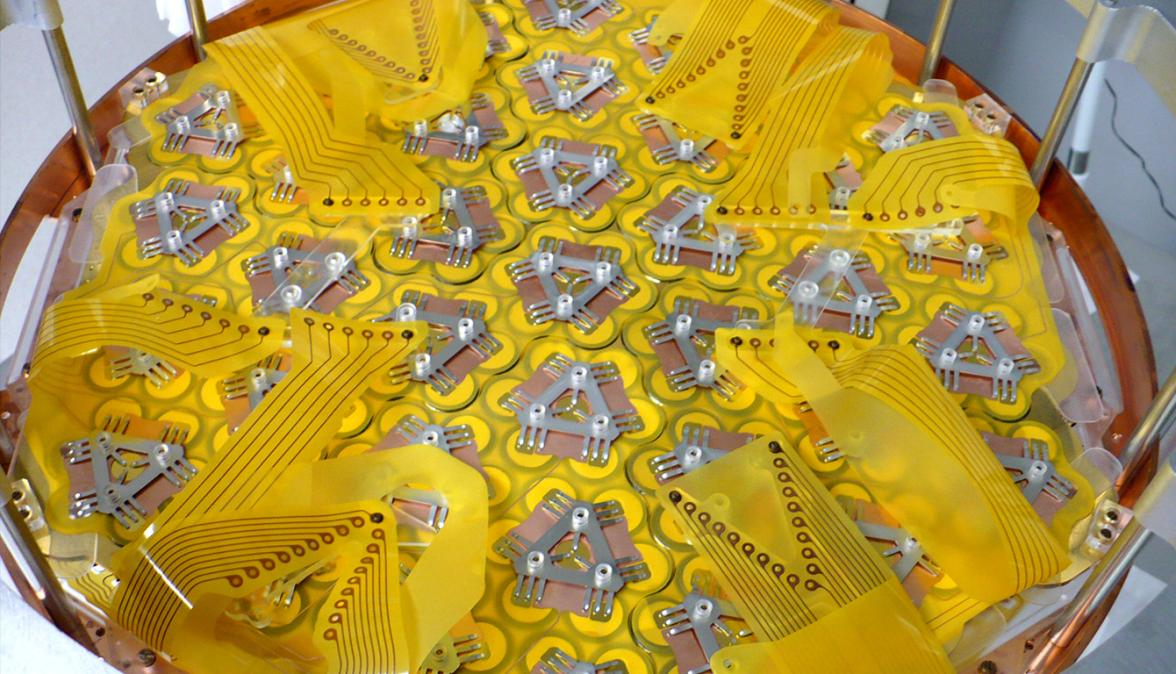
Understanding neutrinos
Neutrinos are among the most mysterious particles, but they are difficult to study – they could pass through a slab of lead nearly 6 trillion miles thick without leaving a trace. SLAC researchers want to answer fundamental questions about neutrinos, including whether a new type of neutrino could be linked to dark matter and whether neutrinos explain why there is more matter than antimatter in the universe.
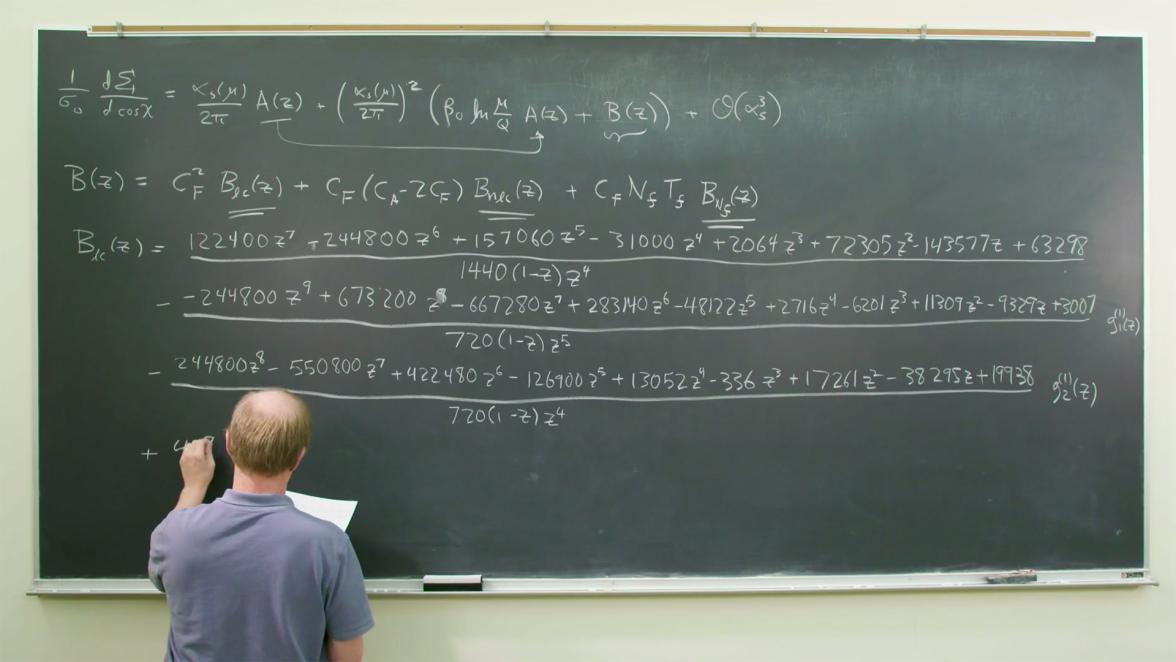
The theoretical foundation
Theory is the fundamental tool that explains what scientists observe in experiments and gives them a better idea of where to look for the next big discovery. SLAC theorists explore particle physics, particle astrophysics and cosmology, including searches for new phenomena, extra dimensions, collider physics, neutrino physics, dark matter and cosmic inflation.
